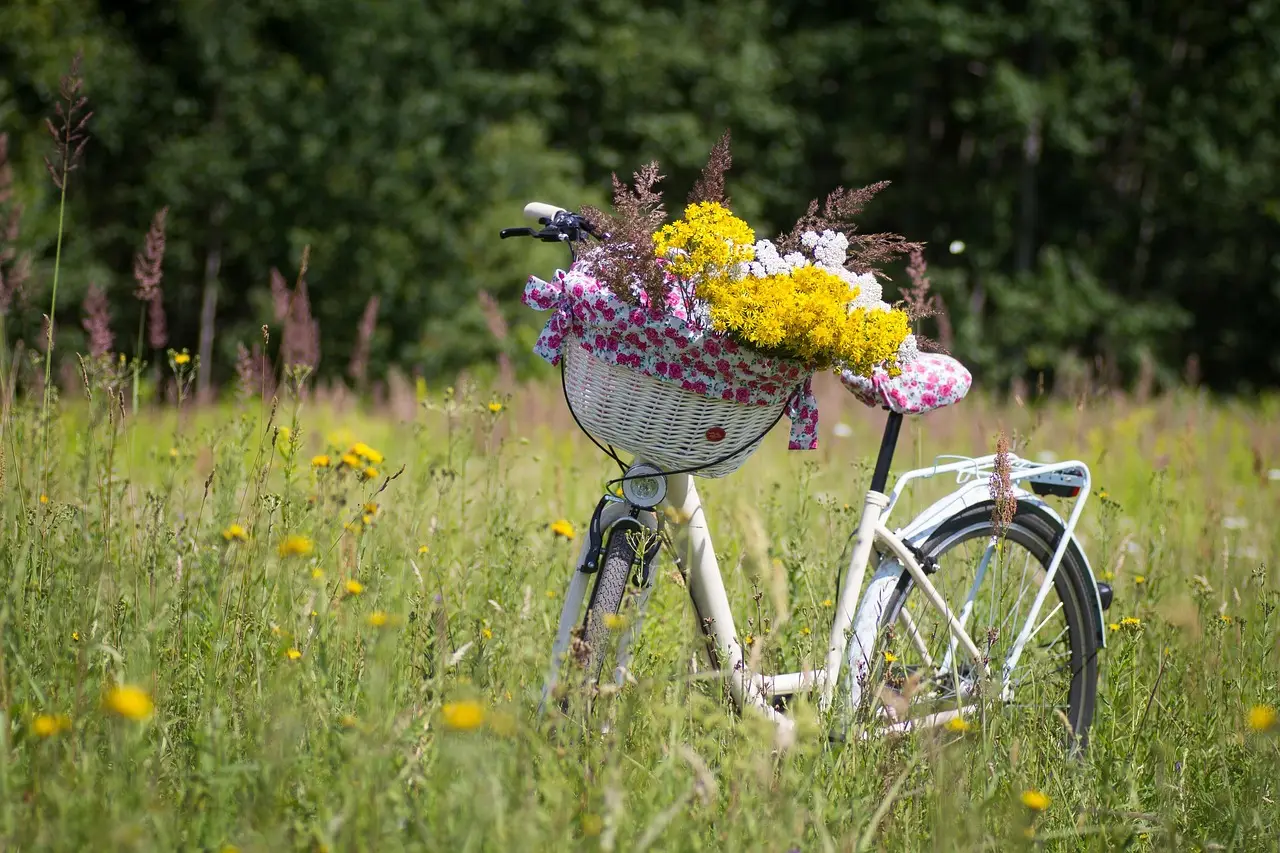Getting ready for the spring cycling season: essential bike preparation tips
As the chill of winter dissipates and the vibrant blossoms of spring emerge, many cyclists look forward to hitting the trails and roads once again. The transition to spring cycling is an exhilarating time, filled with the potential for new adventures and personal achievements. However, to fully enjoy the season, proper bike preparation is crucial for optimal performance and safety. This guide highlights the key areas to focus on when readying your bike for an invigorating spring cycling season.
Inspecting your bike to ensure safety and performance
Visual inspection
Before embarking on a ride, start with a thorough visual inspection of the bike. This initial check can help identify potential issues that could compromise safety or performance.
- Checking for frame damage: Inspect the frame for any cracks or dents, particularly in high-stress areas. A damaged frame can lead to serious safety issues.
- Examining tires for wear and tear: Look for signs of tread wear, cracks, or cuts on the tires. Proper tires are essential for effective grip and safety on various terrains.
- Looking at brake pads and cables: Ensure that brake pads are not overly worn down and that cables are free from fraying or rust.
Functional testing
Following the visual inspection, it's important to conduct a few functional tests to confirm that all systems are operating smoothly.
- Ensuring brakes respond effectively: Squeeze the brake levers to check their efficacy. There should be no excessive squish, and they should engage smoothly.
- Testing gears for smooth shifting: Shift through all gears to ensure that the bike transitions smoothly without skipping or hesitation.
- Assessing wheel trueness and alignment: Spin the wheels to see if they wobble. A true wheel is essential for effective cycling, especially on longer rides.
Cleaning your bike for improved performance

A clean bike not only looks good but also performs better. Here are the tools and supplies needed to engage in a thorough cleaning.
Tools and supplies needed
- Bicycle-specific cleaners
- Brushes and rags
- Lubricants for chains and cables
Step-by-step cleaning process
A meticulous cleaning session can dramatically enhance biking performance.
- Cleaning the frame: Use a bike-specific cleaner and soft cloths to wipe down the frame. This removes dirt and grime that can cause wear.
- Washing the wheels and tires: Pay special attention to the wheels, cleaning the rims and tires to ensure optimal braking.
- Lubricating the chain and cables: A well-lubricated chain and cables improve shifting and braking responsiveness. Be cautious not to over-lubricate, as this can attract dirt.
- Cleaning and adjusting brake components: Ensure brake components are clean to guarantee effective stopping power and adjust if necessary.
Performing maintenance checks for a smooth ride
Routine maintenance is pivotal for ensuring safety and performance. Focus on these key maintenance areas.
Tire maintenance
- Checking and adjusting air pressure: Proper tire inflation is crucial. Use a pump with a gauge to inflate tires to the recommended pressure listed on the sidewall.
- Inspecting for punctures or embedded debris: Look for embedded objects or punctures that could lead to deflation during rides.
- Consider replacing tires if necessary: If wear is significant or there are visible damages, replacing tires will enhance safety and riding comfort.

Brake system maintenance
- Adjusting brake tension: As a bike is used, brake cables may stretch, requiring adjustment to ensure safe stopping power.
- Replacing worn brake pads: If pads are worn down, replace them to ensure proper braking performance.
- Ensuring brake cables are in good condition: Regularly inspect cables for wear and replace them as needed to maintain responsive braking.
Gear system maintenance
- Cleaning and lubricating the derailleur: A clean derailleur ensures smooth gear shifts; lubrication can enhance performance.
- Adjusting and fine-tuning gear shifting: Make necessary adjustments to cables and limit screws to ensure accurate shifting amongst gears.
- Inspecting chain for wear and replacing if needed: A stretched or worn chain can lead to poor shifting and gear damage, so check for wear indicators.
Preparing for safe riding: essential gear and planning
Safety should never be taken lightly, especially during the enthusiastic spring cycling season.
Essential safety gear
- Importance of wearing a helmet: A properly fitted helmet is crucial for protection during falls or collisions.
- Using reflective gear and lights: Increasing visibility is vital, especially for early morning or evening rides. Reflective materials and lights can enhance safety.
- Keeping a repair kit handy: Having essential tools, a spare tube, and a pump can save a ride—make sure to carry these.
Route planning

- Choosing safe cycling routes: Select routes that are bike-friendly, away from heavy traffic or hazardous conditions.
- Considering weather conditions: Check forecasts before heading out. Spring can be unpredictable, with rain or wind affecting safety.
- Attending to traffic rules and regulations: Familiarize yourself with local traffic laws applicable to cyclists to ensure safe riding.
Setting fitness goals for an energized spring cycling experience
Preparing oneself physically can enhance enjoyment and performance during spring cycling.
Assessing current fitness level
- Recording baseline metrics: Take note of current distance, speed, and endurance to gauge improvements.
- Identifying areas for improvement: Recognize specific metrics to focus on, whether that’s endurance or speed.
Creating a training plan
- Gradually increasing mileage: Start slow and build distance over weeks to prevent injury.
- Incorporating different types of rides: Mix in long rides, shorter intense sessions, and interval training for a balanced fitness regimen.
- Scheduling regular maintenance breaks: Allow time for recovery and ensure that equipment stays in top condition throughout the training process.
Preparing your bike is paramount for ensuring a successful and enjoyable riding season. Regular maintenance, washing, and attention to detail will help optimize both performance and safety on the road. With proper preparation, cyclists can revel in the joy of riding and embrace all the wonderful adventures that the spring cycling season has to offer.










